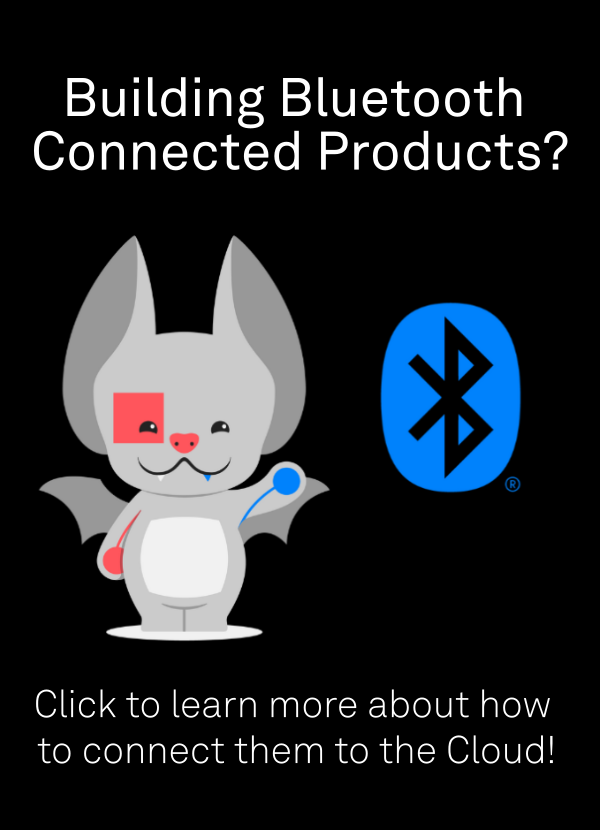A new Pipelines data destination for LightDB State is now generally available for Golioth users. LightDB State is a database that is built-in to the Golioth platform, enabling capture and synchronization of device state. It is frequently used as the foundation for digital twin and device shadow services.
How It Works
The lightdb_state data destination differs from many other destinations in that delivered data updates a device’s LightDB State JSON document, rather than appending timeseries data. It supports specifying a path parameter for nesting data in the JSON document, or defaults to the stream path used for filtering if one is not specified. This makes it possible to easily separate data delivered to LightDB State directly from devices from data that is routed through Pipelines.
The lightdb_state data destination only accepts data formatted as JSON, though data can easily converted to other formats prior to delivery using transformers.
filter:
path: "*"
content_type: application/json
steps:
- name: step0
destination:
type: lightdb-state
version: v1
parameters:
path: /latest/stream
Click here to use this pipeline in your Golioth project!
For more details on the lightdb_state data destination, go to the documentation.
What’s Next
LightDB State is unique because data routed to it can subsequently be fetched by devices. Combining the lightdb_state data destination with external data sources, such as those accessed via the webhook transformer, enables powerful new capabilities. Imagine a piece of data sent from a device, out through a webhook transformer to something like an AI service, and then returned to LightDB State without any 3rd party tools required. This path opens up a plethora of external compute scenarios.
We’ll be showing off some of these in the coming the days, so make sure to keep an eye on the blog. If you have any questions feel free to reach out to us on the forum!


No comments yet! Start the discussion at forum.golioth.io